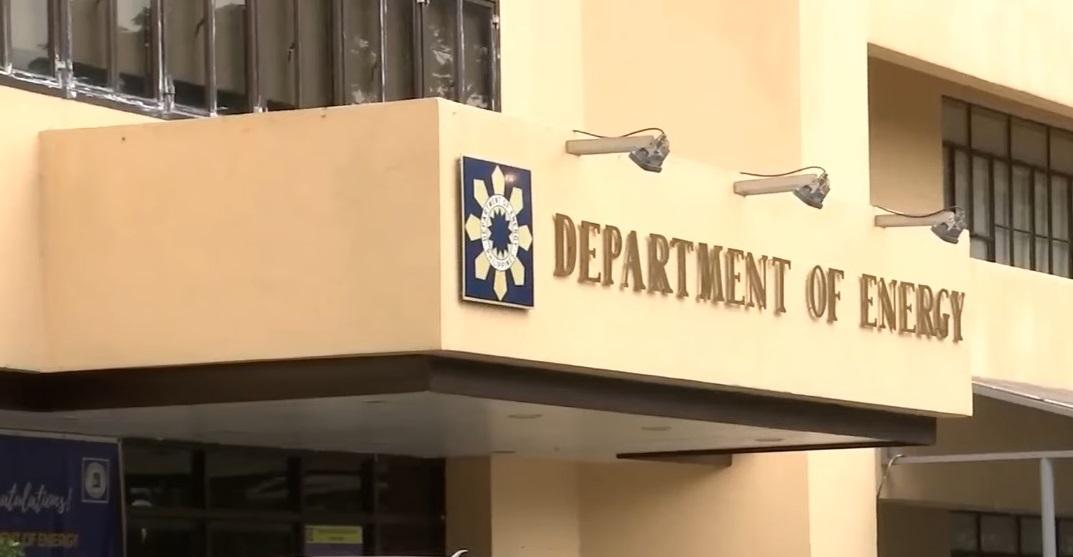DOE: More yellow, red alerts possible in coming weeks

More yellow and red alerts are expected in the coming weeks as the country has already exceeded its forecasted demand given the prevailing heat levels amid the El Niño, the Department of Energy (DOE) said Thursday.
According to DOE Undersecretary Rowena Cristina Guevarra, the alerts will depend on the status of plants, and could reach a red alert status should plants go on unscheduled outages as seen earlier this month.
“What we expect is that in the next few weeks until middle of May, we are going to have yellow alerts and possibly red alerts in some areas,” Guevarra said in a virtual press conference.
“If none of our plants are going to go offline, then perhaps it’s just yellow alert but as you’ve noticed in the past week, several plants went offline and that resulted in having red alerts so that one we cannot predict,” she added.
The country’s major grids were placed on yellow alert earlier on Thursday, indicating that the operating margins are insufficient to meet the transmission grids’ contingency requirements.
The Luzon grid from 1 p.m. to 5 p.m. and from 7 p.m. to 11 p.m., and the Visayas grid from 1 p.m. to 4 p.m., from 6 p.m. to 7 p.m., and from 8 p.m. to 9 p.m.
“We can only predict the demand increase based on the heat index and we can see that there will be yellow alert based on the head index alert,” Guevarra said.
It may be recalled that the DOE last year said there are no red or yellow alerts expected this year despite the El Niño, as it said several solar power plants were expected to come in and provide additional power supply.
“What we have for Luzon, Visayas, and Mindanao is that we do not have alerts, but that was not with the assumption of the increase in demand due to the heat index,” Guevarra explained Thursday.
In the same press conference, Energy Secretary Raphael Lotilla said the currency conditions remain a challenge as the El Niño phenomenon has hit multiple sectors with local government units already declaring a state of calamity.
“It remains a challenge and if we look at the impact of the El Niño and the El Niño phenomenon has created problems not only in the energy sector but in the agriculture sector, in water, in health, education, and so on,” he said.
“These are indications of a natural calamity and therefore the local government units have already in many areas in the country, have already declared such, so we are recognizing that as a fact… It’s a calamity and we are responding to it as needed,” he added.
For the coming year, Lotilla said the red and yellow alerts are not expected as the country is expected to be hit by La Niña which would reduce power demand.
“As far as next year, because precisely of the new power plants, the new capacities that are coming in, then we’ll have adequate supply for the next year,” he said.
“Next year it’s La Niña that we are facing, not really El Niño, and therefore hydropower plants are likely to be performing optimally and therefore the need will be reduced,” he added. —VAL, GMA Integrated News



